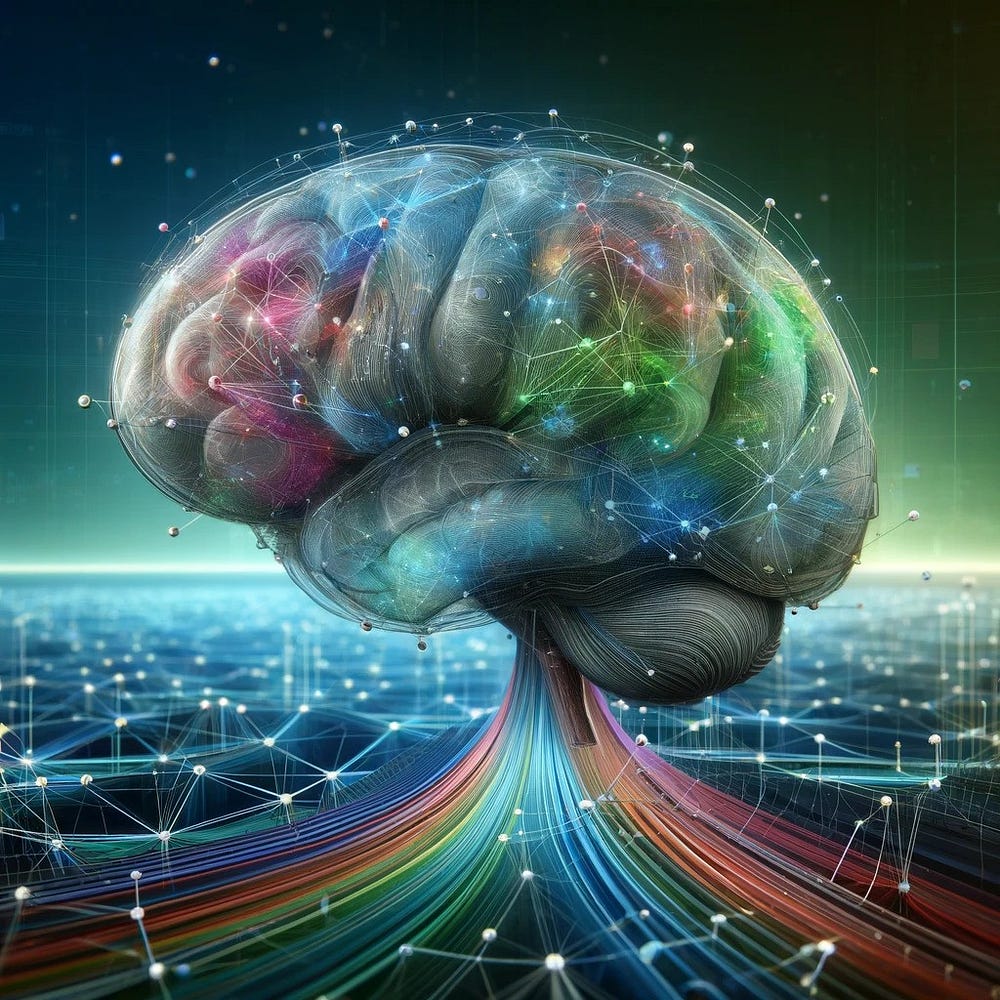
Enhancing Data Interactivity with LLMs and Neo4j Knowledge Graphs Author Wenyi Pi ( ORCID : 0009–0002–2884–2771) Introduction Since OpenAI launched ChatGPT, a large language model (LLM) based chatbot, in 2023, it has set off a technological wave.

Enhancing Data Interactivity with LLMs and Neo4j Knowledge Graphs Author Wenyi Pi ( ORCID : 0009–0002–2884–2771) Introduction Since OpenAI launched ChatGPT, a large language model (LLM) based chatbot, in 2023, it has set off a technological wave.
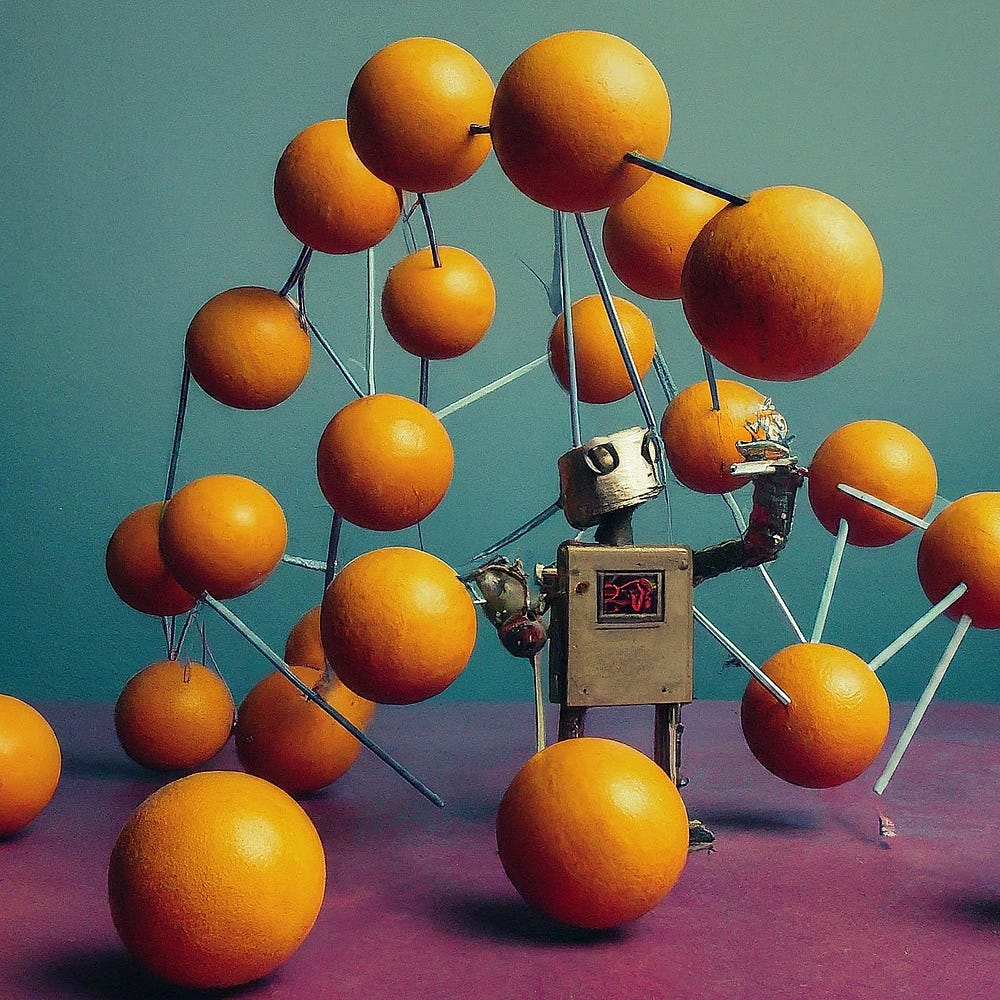
Automated Knowledge Graph Construction with Large Language Models — Part 2 Harvesting the Power and Knowledge of Large Language Models Author Amanda Kau ( ORCID : 0009–0004–4949–9284 ) Introduction Knowledge graphs (KGs) are a structured representation of data in a graphical format, in which entities are represented by nodes and are connected by edges representing relationships
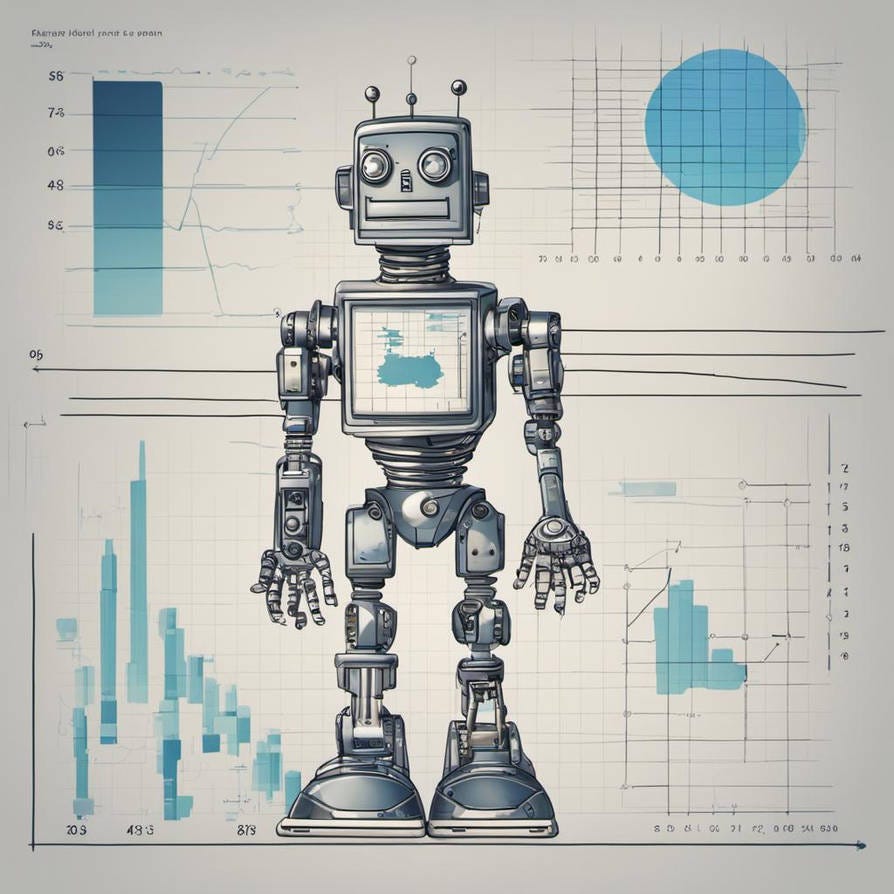
Latest findings in pre-training graphs and using them for link recommendation Author · Xuzeng He ( ORCID: 0009–0005–7317–7426) Introduction A graph, in short, is a description of items linked by relations, where the items of a graph are called nodes (or vertices) and their relations are called edges (or links). Examples of graphs can include social networks (e.g. Instagram) or knowledge graphs (e.g. Wikipedia). In Instagram
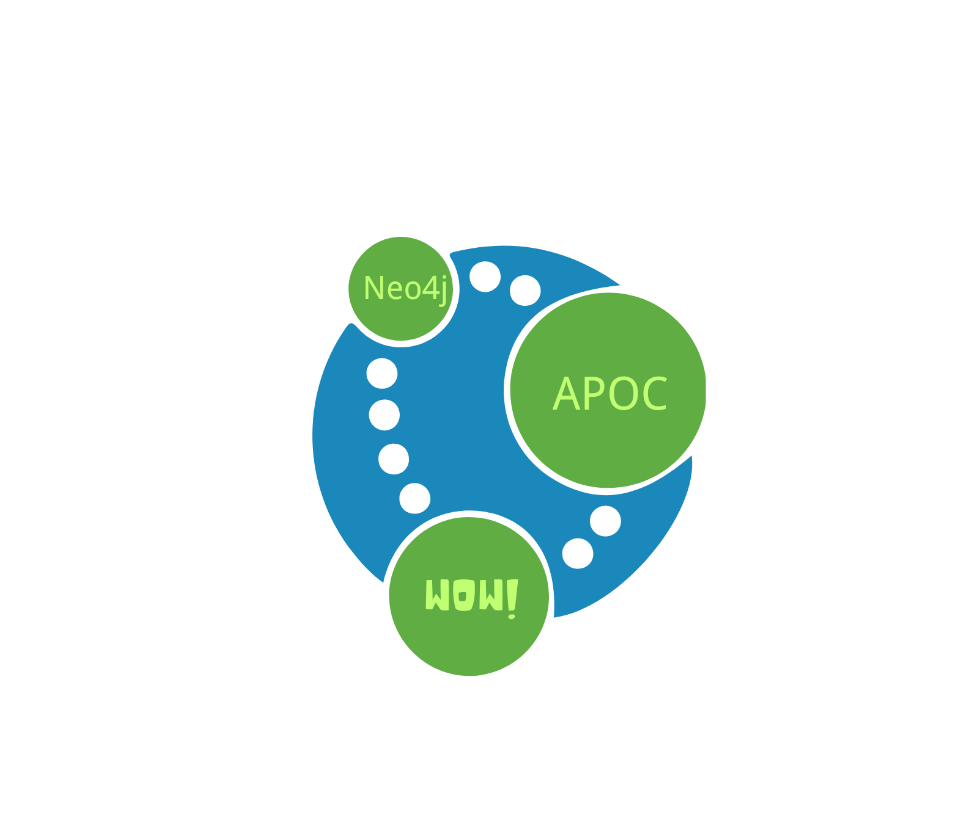
Neo4j APOC Library Use Case Author Wenyi Pi ( ORCID: 0009–0002–2884–277) Introduction In the realm of Neo4j, the APOC (Awesome Procedures on Cypher) library stands as a powerful tool. Previously, We have talked about the importance of APOC in optimising Cypher queries and improving query efficiency in our article Exploring Methods of Cypher Query Optimisations.

Techniques to integrate Knowledge Graphs into Language Models Author Amanda Kau (ORCID: 0009–0004–4949–9284 ) Introduction Both knowledge graphs (KGs) and pre-trained language models (PLMs) have gained popularity due to their ability to comprehend world knowledge and their broad applicability.

Integrating temporal data into static knowledge graphs Author Amanda Kau (ORCID: 0009–0004–4949–9284 ) Introduction Knowledge graphs (KGs) have proven to be an effective method of data representation that is increasingly popular. In KGs, entities and concepts are represented as nodes, while the relationships between nodes are depicted as edges.
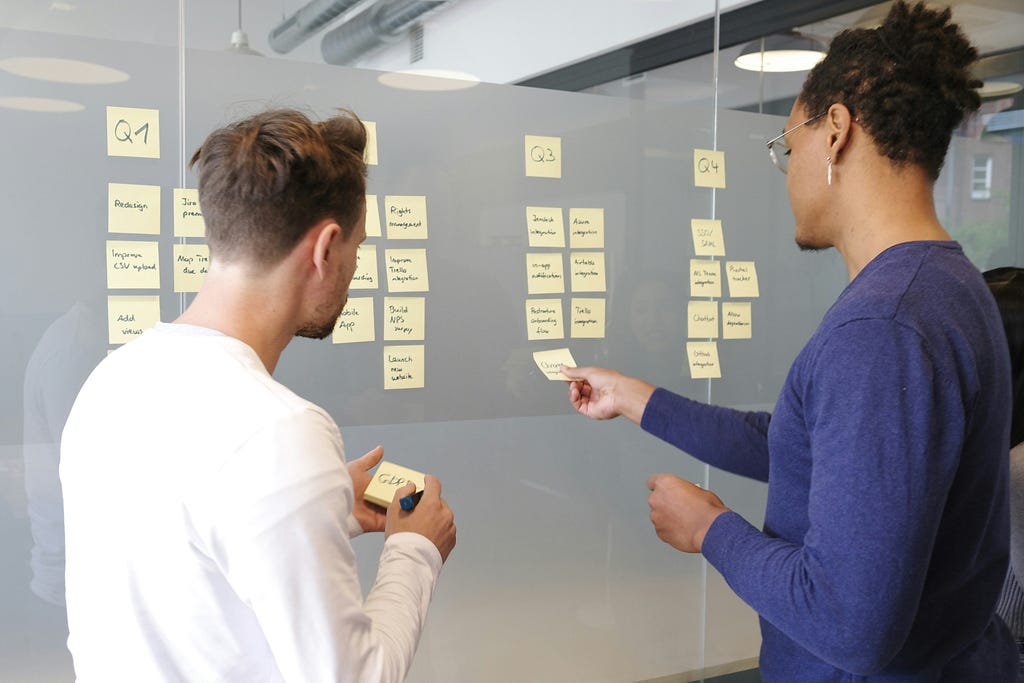
Author Amir Aryani: (ORCID: 0000-0002-4259-9774) Definition A research collaboration network is a group of researchers, and practitioners, or both, working together on joint research activities. These networks often span across disciplines, geographic boundaries, and sectors, enabling participants to share resources, expertise, and data to address common research goals more effectively than they could individually.
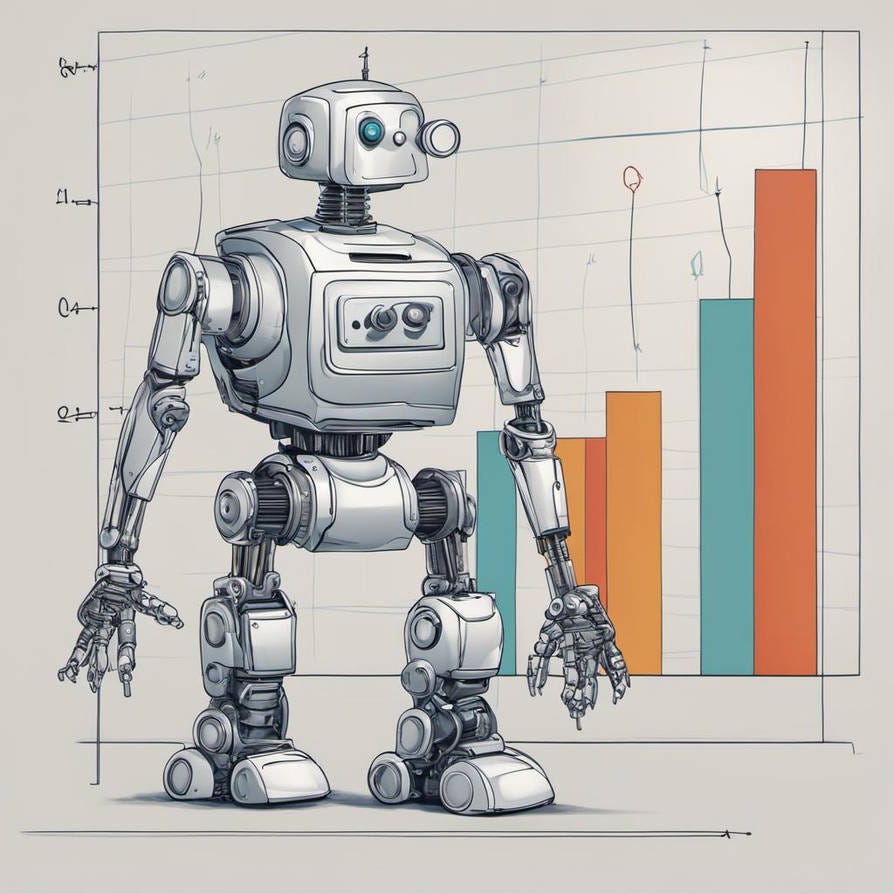
Recent Advances in Using Machine Learning with Graphs — Part 2 Latest findings in multiple research directions for handling graph construction and network security issues Author · Xuzeng He ( ORCID: 0009–0005–7317–7426) Introduction A graph, in short, is a description of items linked by relations, where the items of a graph are called nodes (or vertices) and their relations are called edges (or links). Examples of
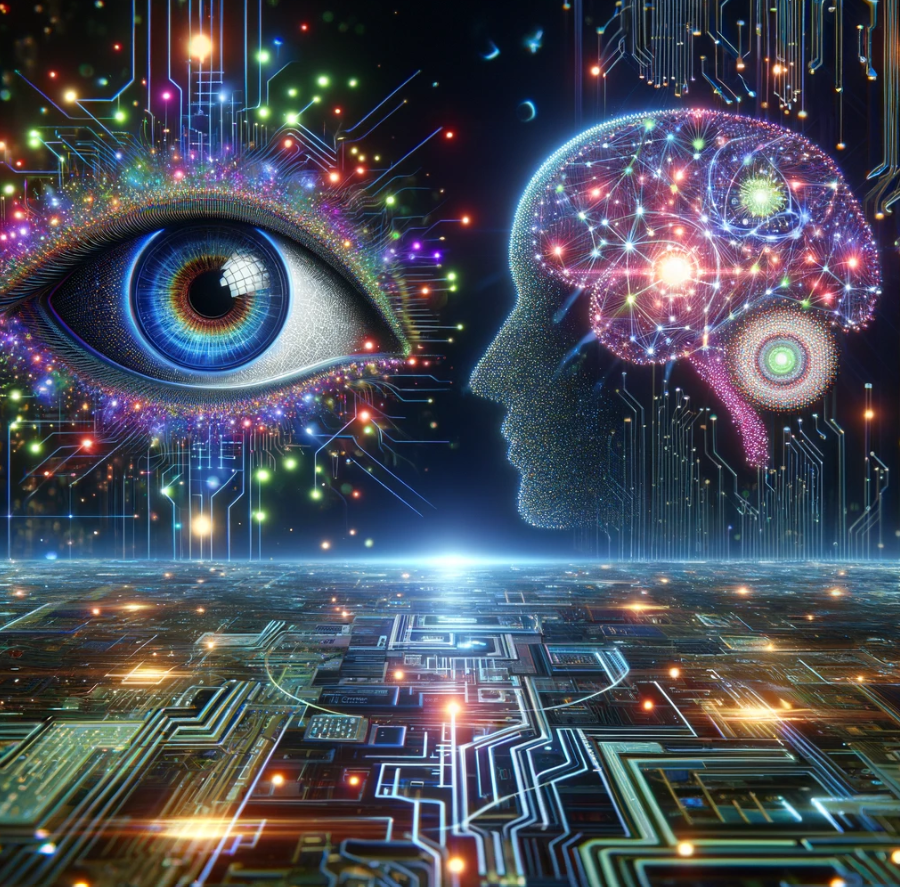
Bridging Human Perception and AI’s Future: The Convergence of Visual Understanding and Semantic Networks Author · Vaibhav Khobragade ( ORCID: 0009–0009–8807–5982) Introduction The fusion of Vision-Language Models ( VLMs ), Generative Models, and Knowledge Graphs ( KGs ) is reshaping how artificial intelligence (AI) understands and interacts with the world.
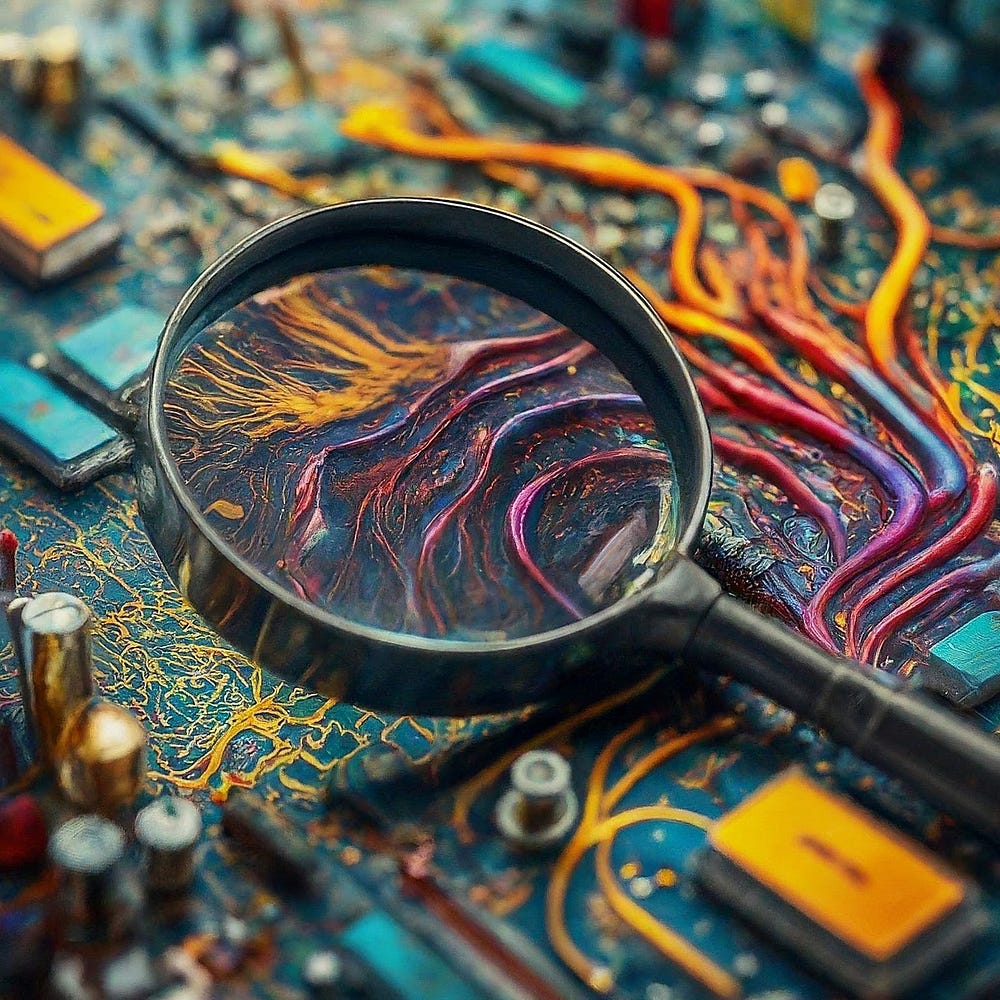
Incorporating Knowledge Graphs to explain reasoning processes Author Amanda Kau ( ORCID: 0009–0004–4949–9284) Introduction Large language models (LLMs) like GPT-4 possess remarkable language abilities, allowing them to function as chatbots, translators, and much more.